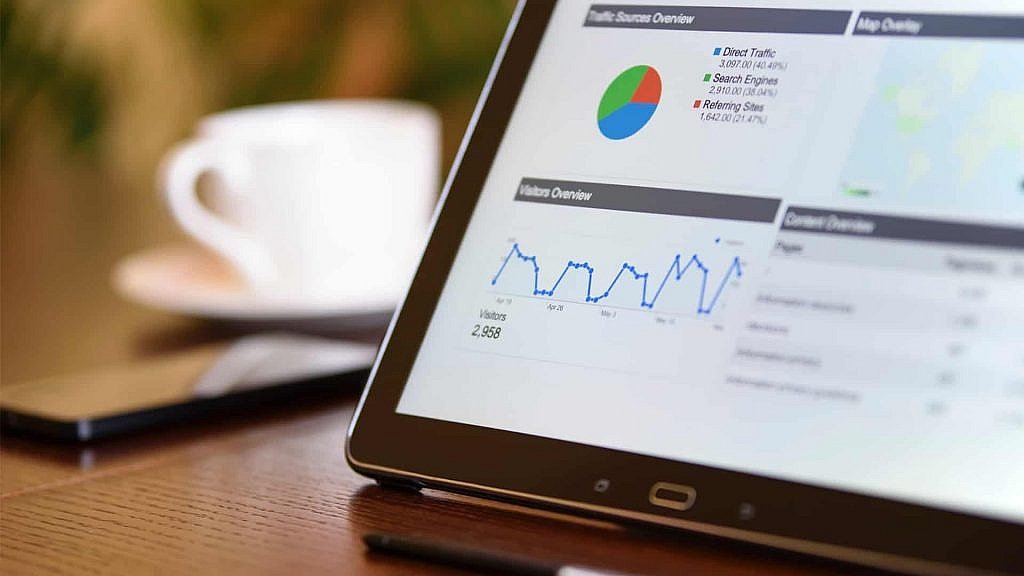New Trends in Digital Marketing in 2019
If marketers and businesses expect to compete and gain market share in the digital space, they have to stay ahead of the curve.
This means taking note of new trends and even going so far as to adopt the most promising ones.
Now that we’re approaching 2019, it is time to evaluate the digital marketing trends that are gaining the most traction – the ones that have the most potential to change aspects of the digital marketing landscape as we know it.
1. Chatbots
Chatbots are the forefront of the digital marketing discussion.
What makes them different from fleeting trends of the past, however, is that they are poised to completely revolutionize the way businesses market their business – and for good.
Chatbots are nothing more than software that uses artificial intelligence (AI) to communicate with customers. Customers can have real-time conversations with chatbots who are programmed to respond in a conversational and even personalized way.
Add to the fact that chatbots can have their own name and avatar, they are virtually indistinguishable from humans themselves.
It’s not surprising, then, that today’s consumers actually prefer speaking to customer service agents via live chat instead of via the telephone or even email.
If the best marketing is cantered around problem solving, what makes chatbots particularly powerful is the fact that they offer a direct line of communication between the problem and the solution, which inevitably leads to more sales.
Chatbots can ask the customer pointed questions about their particular tastes and then offer up the best possible solution. From there, the chatbot can be programmed to answer additional questions and overcome any objections.
The chatbot can even track purchase history, which businesses can then use to make offers at the right time. Pizza Hut, for example, does exactly this. They will send you timely deals from within Facebook Messenger (you can also order a pizza as well).
Of course, marketing doesn’t just end with the completed transaction. Chatbots provide a direct customer service line where customers can get prompt answers in real-time, day or night.
As you can see, chatbots don’t only have implications for marketing itself but also for customer service and the entire sales process as well.
2. Voice Search is Changing Content and SEO
The fundamental way in which people search online is changing. Much of this has to do with the fact that a large proportion of people are now making use of voice assistants like Apple’s Siri to directly ask questions instead of actually manually typing questions in their keyboard.
This has meant that queries are also becoming much more conversational in nature.
You can also see the rise in voice search through the increasingly popularity of voice assistants like Amazon’s Alexa and Google Home as well.
If this wasn’t enough to illustrate the popularity of voice search, also consider that according to Google, 20% of all mobile are voice searches. In fact, it has been predicted that by 2020, half of all searches will be voice searches.
So, what does this mean for digital marketing?
Simply put, the rise in voice search is going to change the way marketers approach both content and SEO. To plan for the rise in voice search, marketers and businesses will need to do some of the following:
- Focus on long-tail keywords given that searches are more conversational (and question-based)
- Create FAQs (that also includes those long-tail keywords)
- Prioritize local SEO; a large number of local searches are voice-based, which means that marketers and businesses should make sure that they are following the best practices when it comes to local SEO. Also ensure that you claim your Google My Business listing and that you optimize your listing as well
3. Programmatic Advertising
Programmatic advertising has been talked about for nearly 5 years, but it has only been in the last year or so that it has become a particularly hot topic.
According to eMarketer, 84% of digital display ads will be programmatic by 2019. In other words, it is worth paying attention to.
If you’re not familiar with programmatic advertising, it uses artificial intelligence to automate the process of buying ads, a process which typically involves a lot of manual work. This saves both time and money.
However, programmatic advertising also uses artificial intelligence to determine which companies will offer the best return on investment. It will also monitor ad spend.
In this way, programmatic advertising takes out much of the guesswork of campaigns of the past while increasing efficiency and saving costs all at once.
4. Visual Search
Not only is search moving in a more voice-based direction as you saw above, but it is also moving in visual directions as well. In fact, 27% of all searches are searches for images.
Visual search is quickly taking over various shopping areas as well. And it’s not hard to see why. With visual search, you can take a picture of a guitar you saw in a magazine and then find versions of that guitar online.
As you can see, this search behavior would immediately place someone higher up in the conversion funnel than a text-based search.
The biggest companies in the world, including both Google and Microsoft, are both investing in visual search with Google Lens being one such example.
Visual search will clearly have a lot of implications for the retail industry, but incorporating visual search into your strategy is something that nearly all businesses will need to begin thinking seriously about.
The Takeaway
Chatbots, voice search, programmatic advertising and visual search all promise to be much more than passing trends. They will either completely shake up the digital marketing space or at least be around for a long while.
Put another way, the future of digital marketing trends are worth evolving with.
